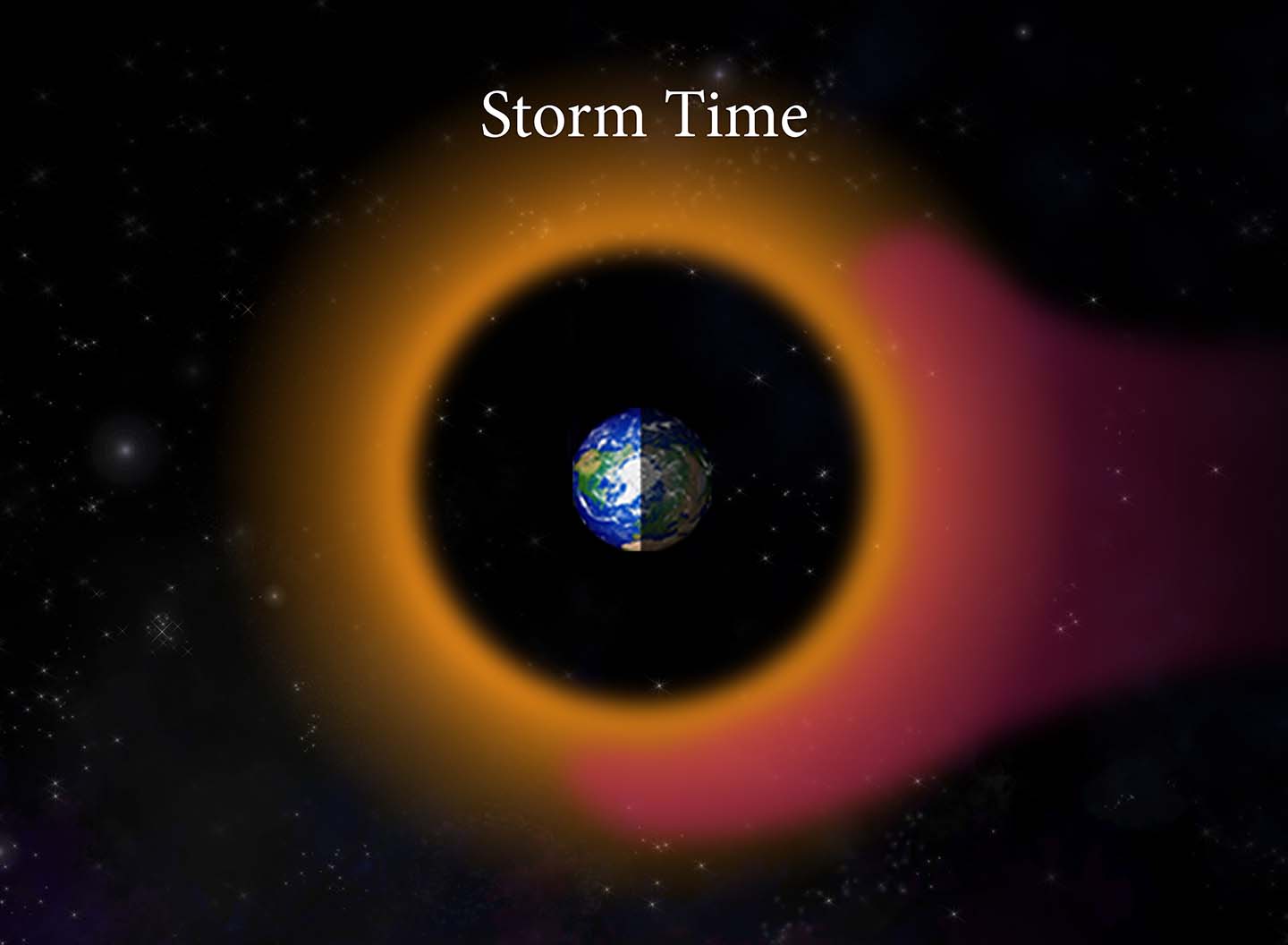Press Release
NASA’s Van Allen Probes Reveal Long-Term Behavior of Earth’s Ring Current
New findings based on a year’s worth of observations from NASA’s Van Allen Probes have revealed that the ring current — an electrical current carried by energetic ions that encircles our planet — behaves in a much different way than previously understood.
The ring current has long been thought to wax and wane over time, but the new observations show that this is true of only some of the particles, while other particles are present consistently. Using data gathered by the Radiation Belt Storm Probes Ion Composition Experiment, or RBSPICE, on one of the Van Allen Probes, researchers have determined that the high-energy protons in the ring current change in a completely different way from the current’s low-energy protons. Such information can help adjust our understanding and models of the ring current — which is a key part of the space environment around Earth that can affect our satellites.
The findings were published in Geophysical Research Letters.
“We study the ring current because, for one thing, it drives a global system of electrical currents both in space and on Earth’s surface, which during intense geomagnetic storms can cause severe damages to our technological systems,” said lead author of the study Matina Gkioulidou, a space physicist at the Johns Hopkins University Applied Physics Laboratory in Laurel, Maryland. “It also modifies the magnetic field in the near-Earth space, which in turn controls the motion of the radiation belt particles that surround our planet. That means that understanding the dynamics of the ring current really matters in helping us understand how radiation belts evolve as well.”

